Tangible Means
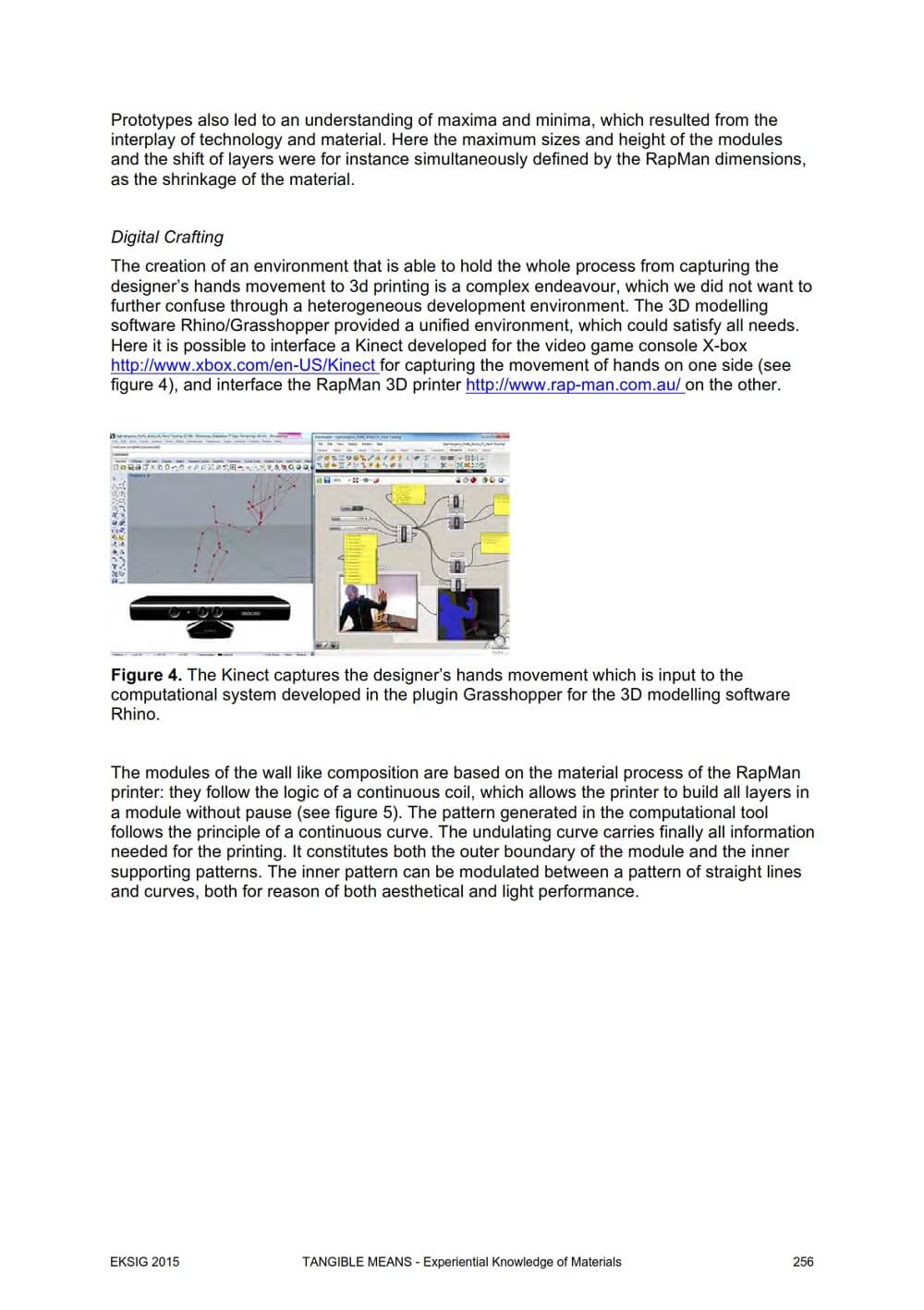
In recent years many creative disciplines have shifted focus from what is produced to why it is produced and how it is used. This includes a growing interest for combining craft traditions with design and other related issues such as sustainability. As early as 1983 Schön defined designing “as a conversation with the materials of a situation” (Schön 1983: 78) and the designer as a maker of things even though it is acknowledged that the concept of design can be broader than ‘making things’. Also in the 1980s Manzini (1989: 17) pointed out a need for further development of cognitive tools and cultural references in order to catch up with the technical and scientific development of materials.
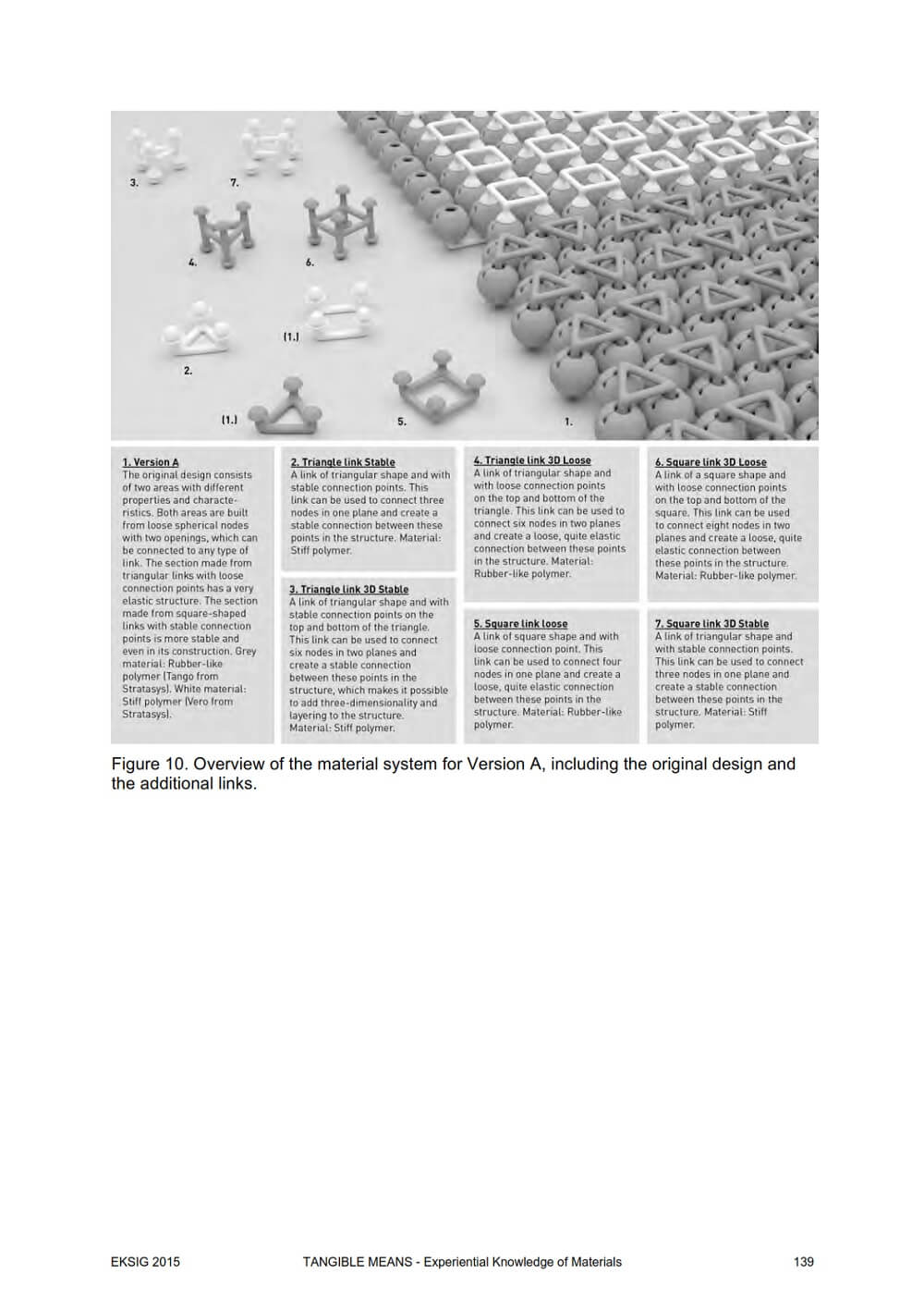
Recently Karana et al. (2014) have expressed a need to study not only the functional but also the experiential side of materials. Thus, material knowledge is not only about ‘scientific’ facts such as functional and technical properties. It also encompasses personal, experiential, cultural, emotional, environmental and social aspects. In many disciplines, materials pervade all parts of practice, from the processes to the creation of artifacts and/or other kinds of physical manifestations and the interpretation through other professionals, such as curators, critics, historians etc.
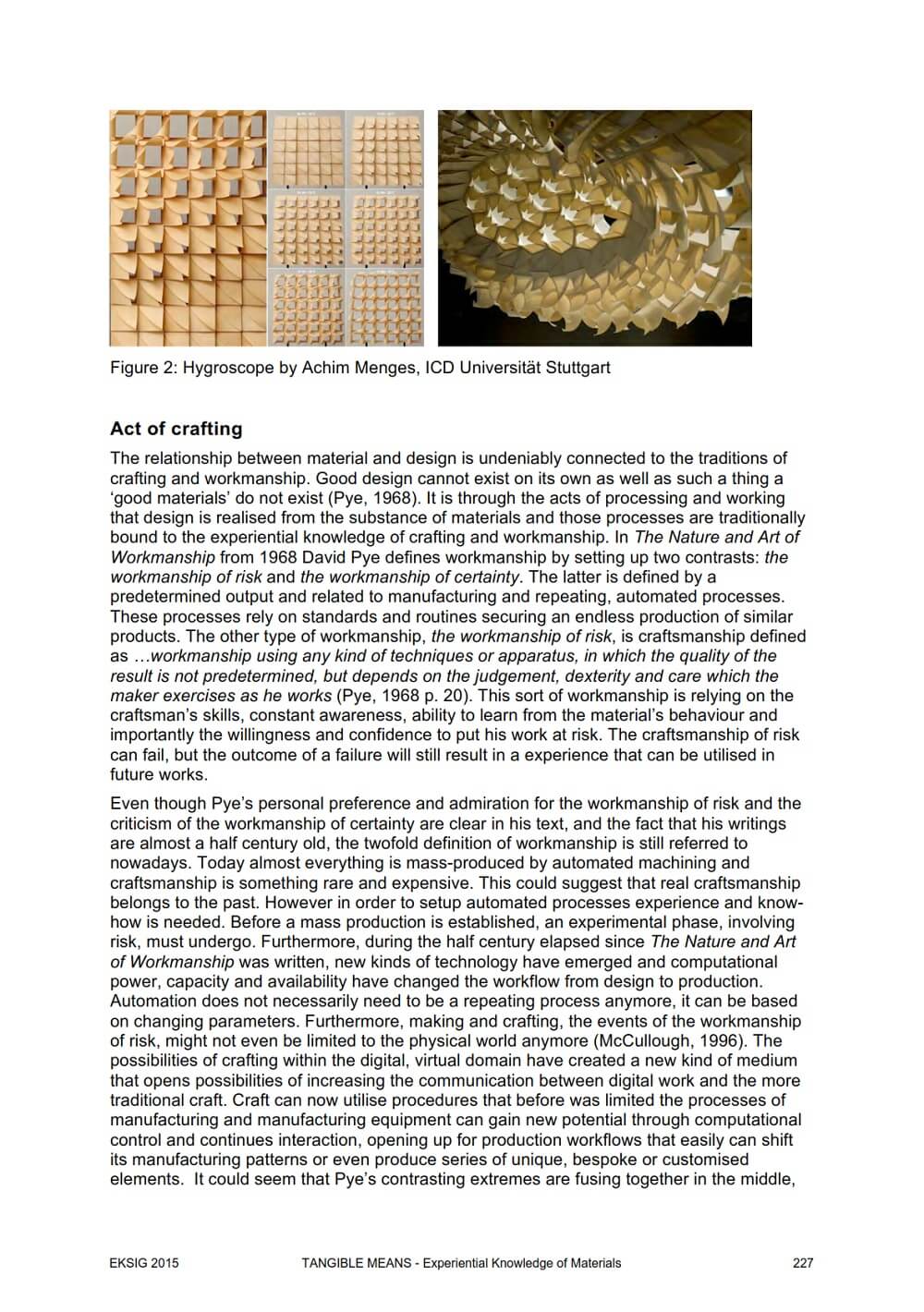
In this document edited by Anne Louise Bang, Jacob Buur, Irene Alma Lønne and Nithikul Nimkulrat, authors wish to explore different ways in which experiential knowledge through materials can be given more appropriate consideration within the framework of research. This may include for example investigations into the nature, aims, validity, evaluation and/or necessity of different modes of communication and exchange.
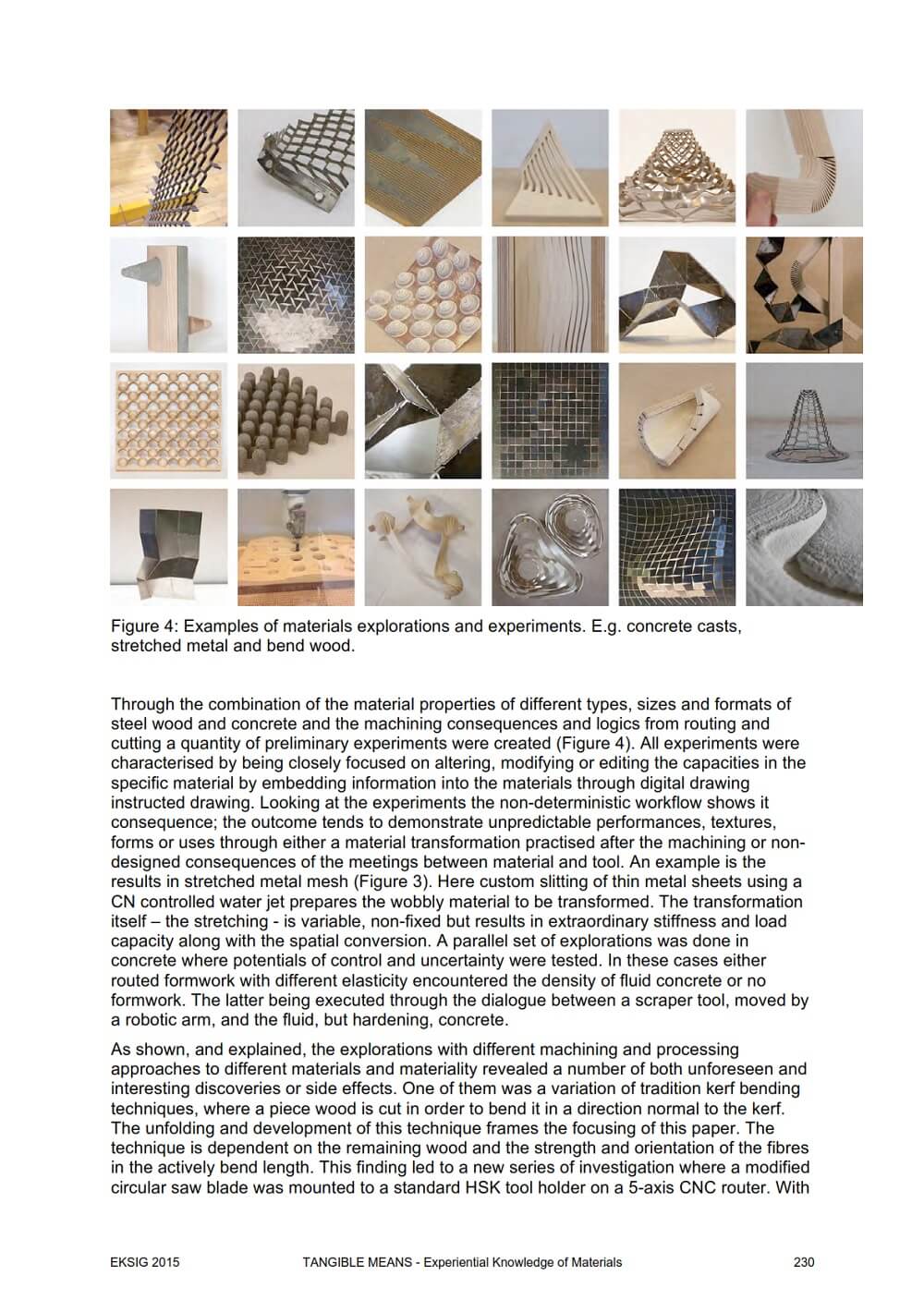
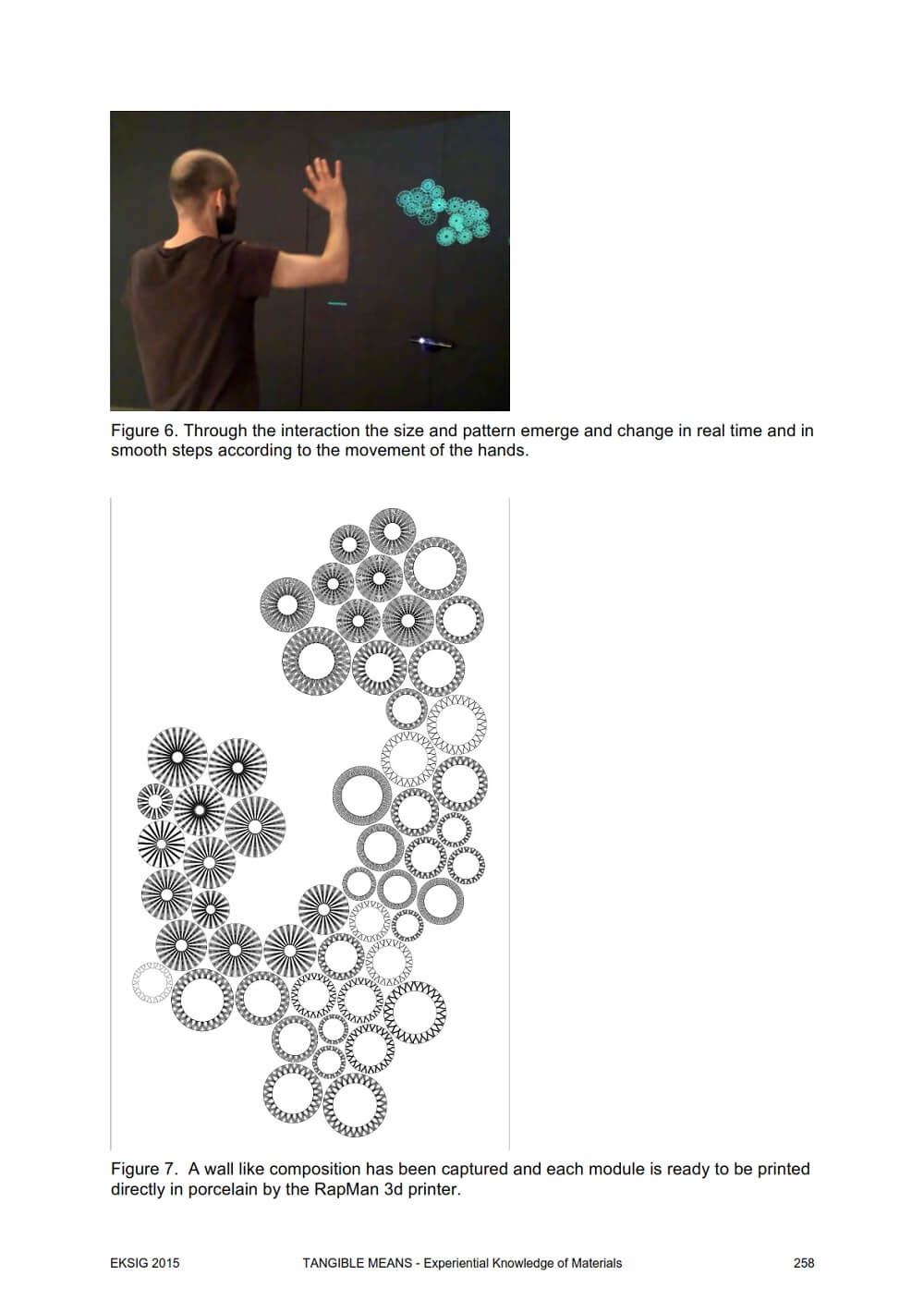
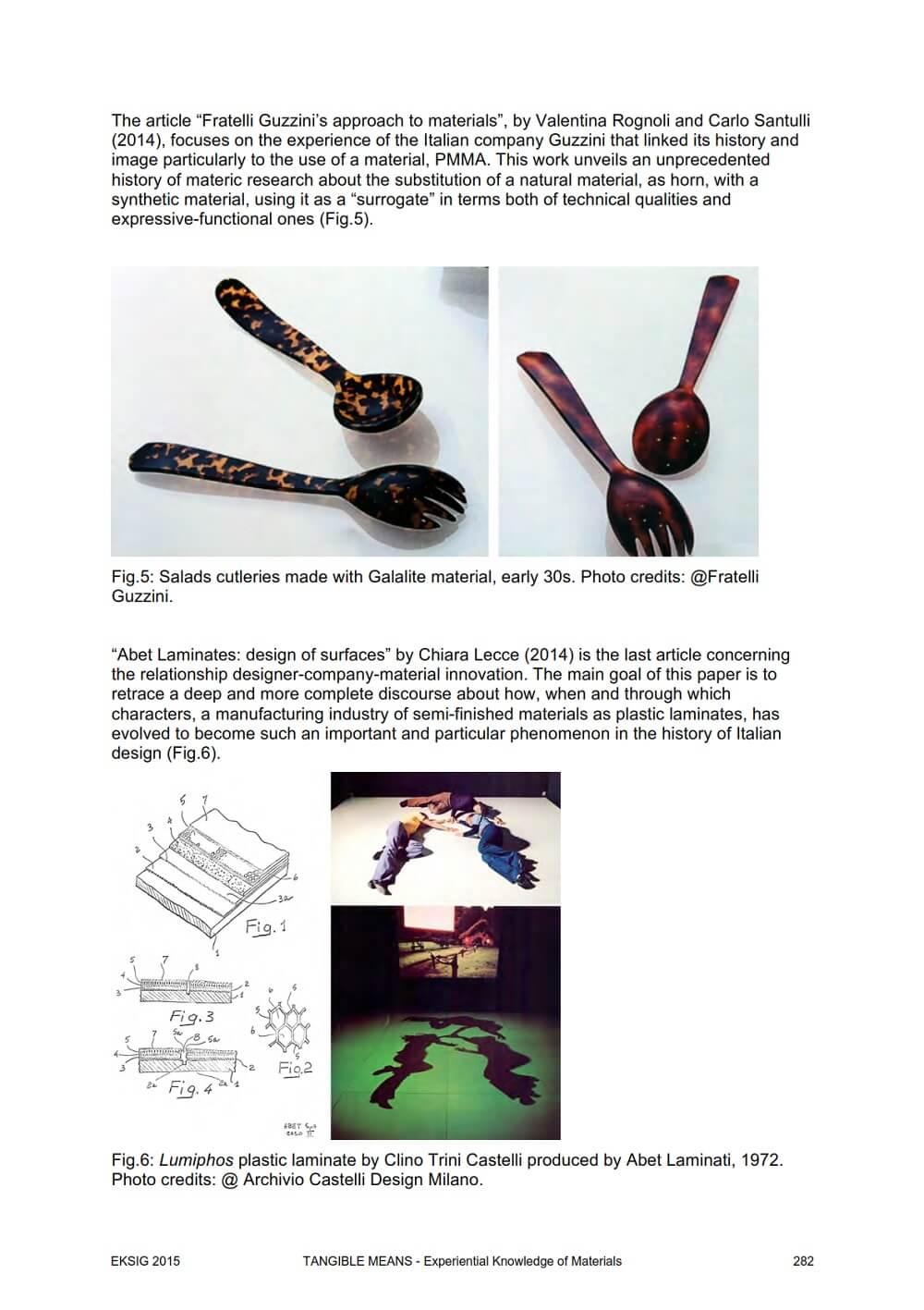
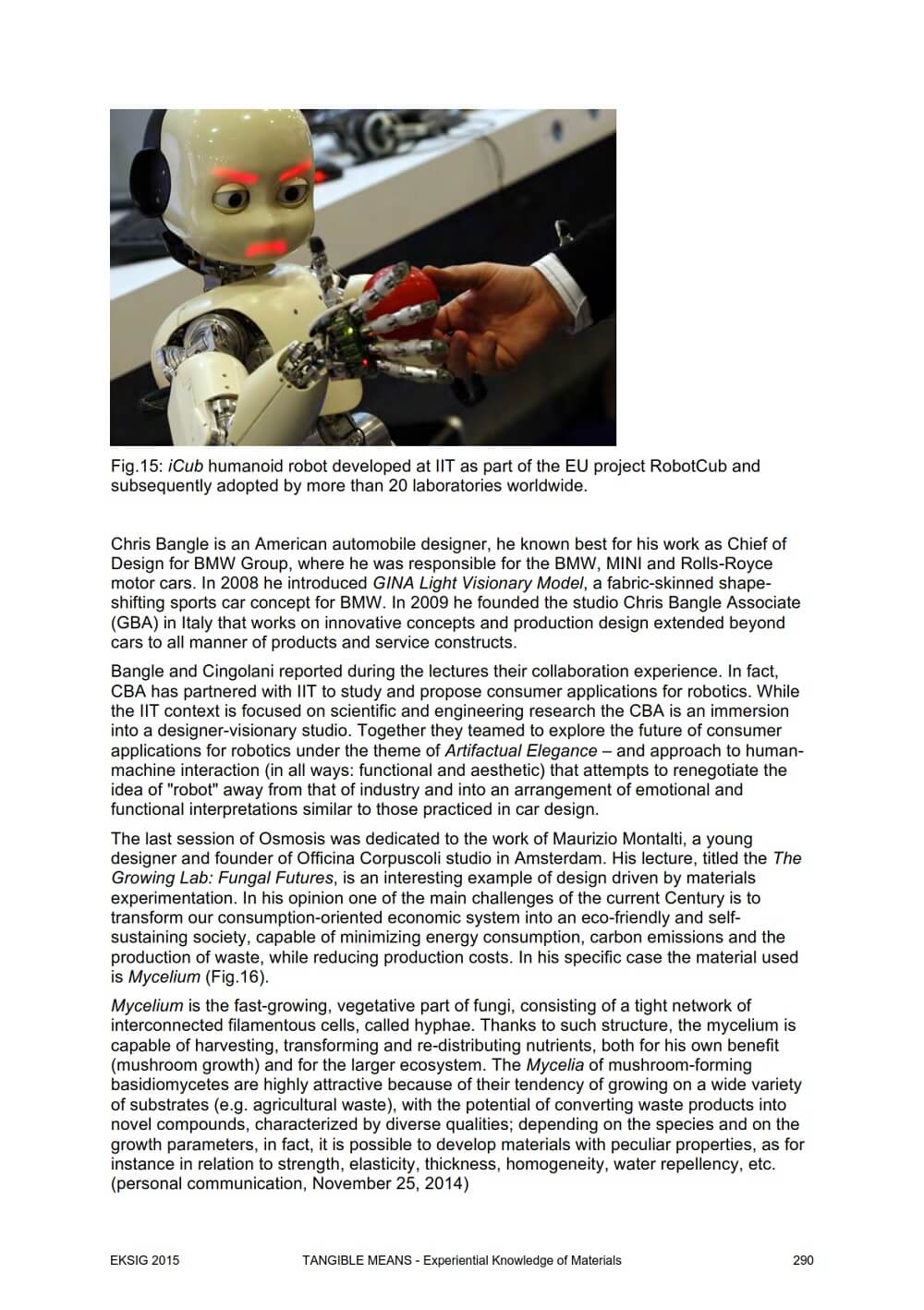
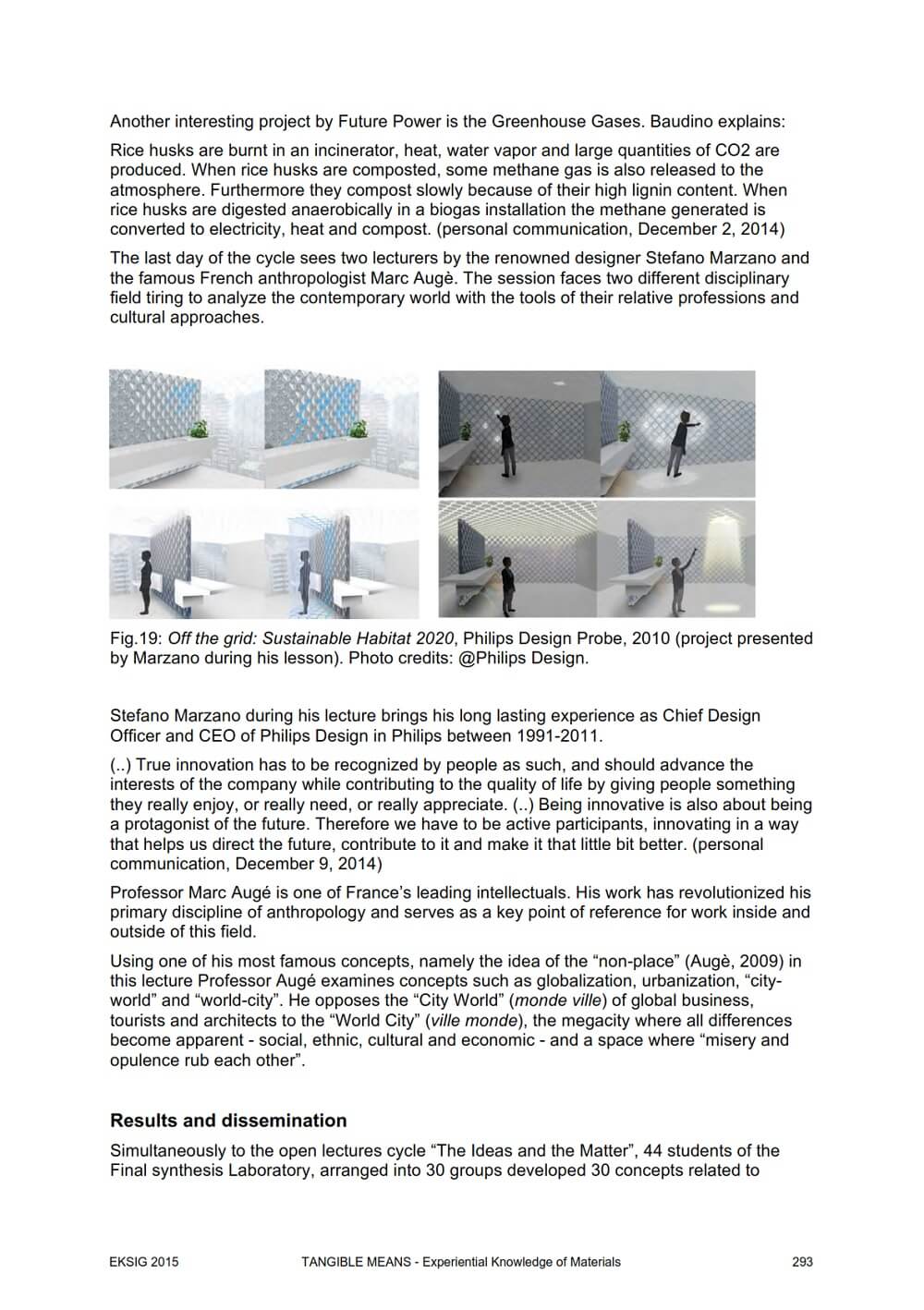
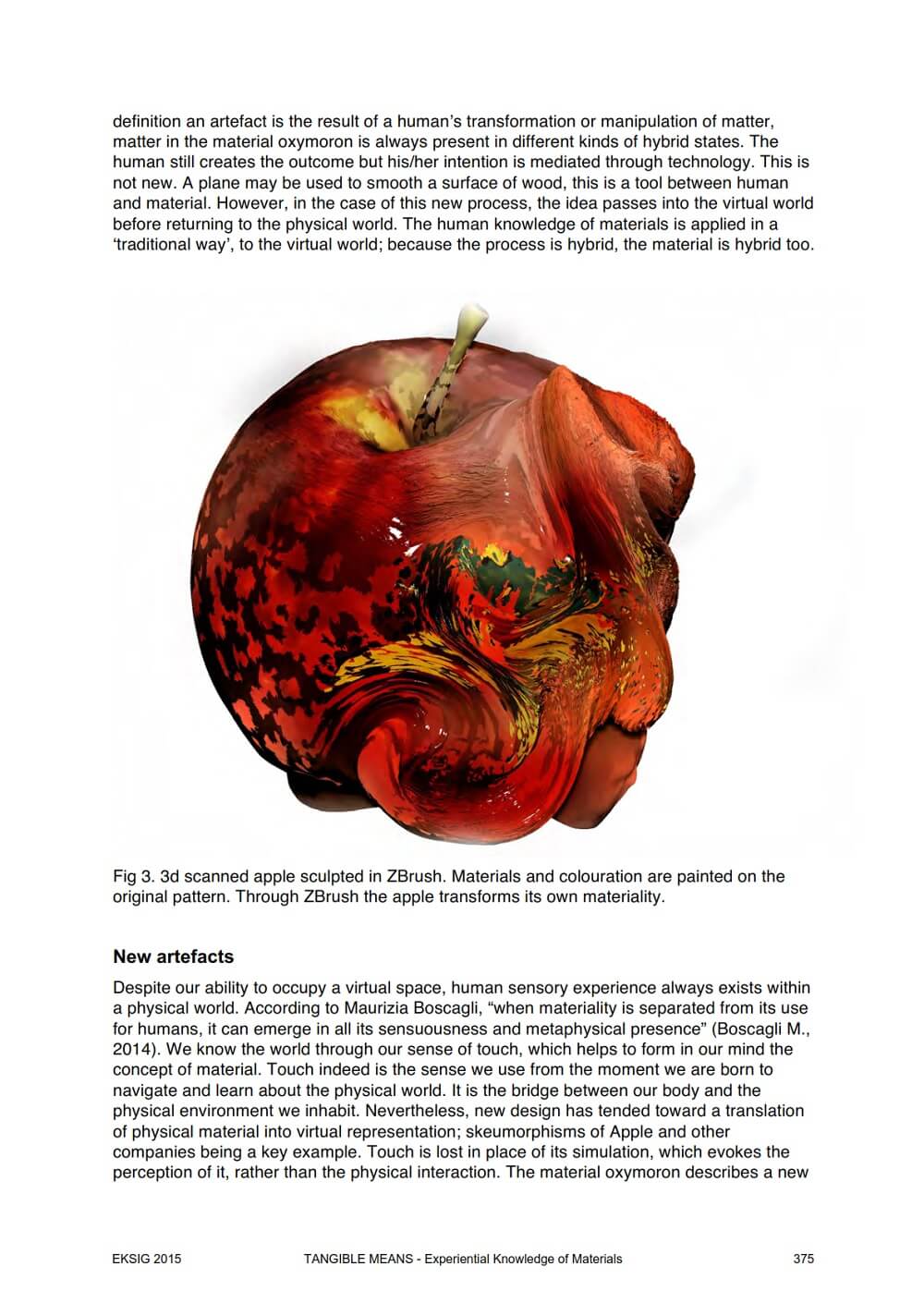
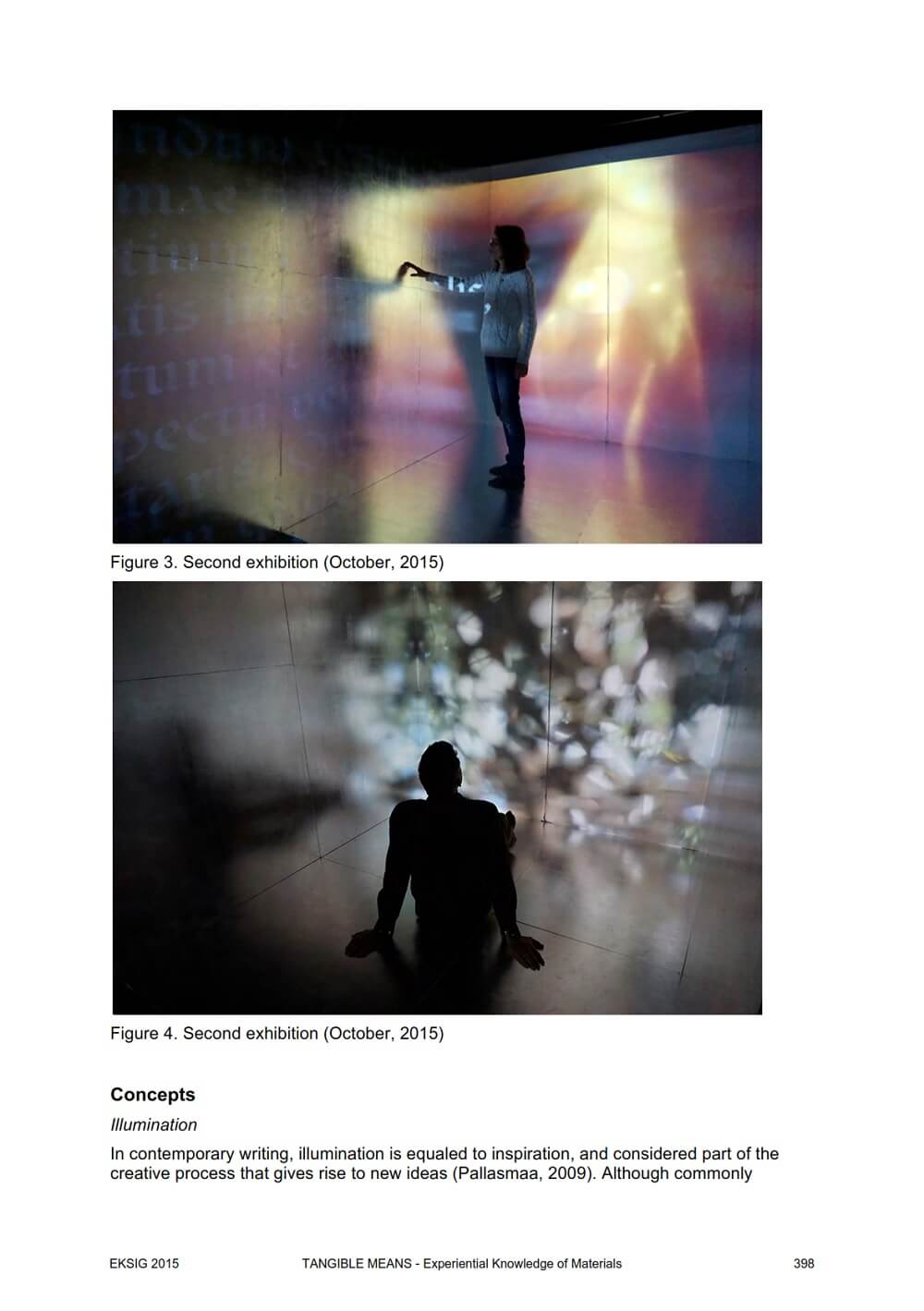




























Comments